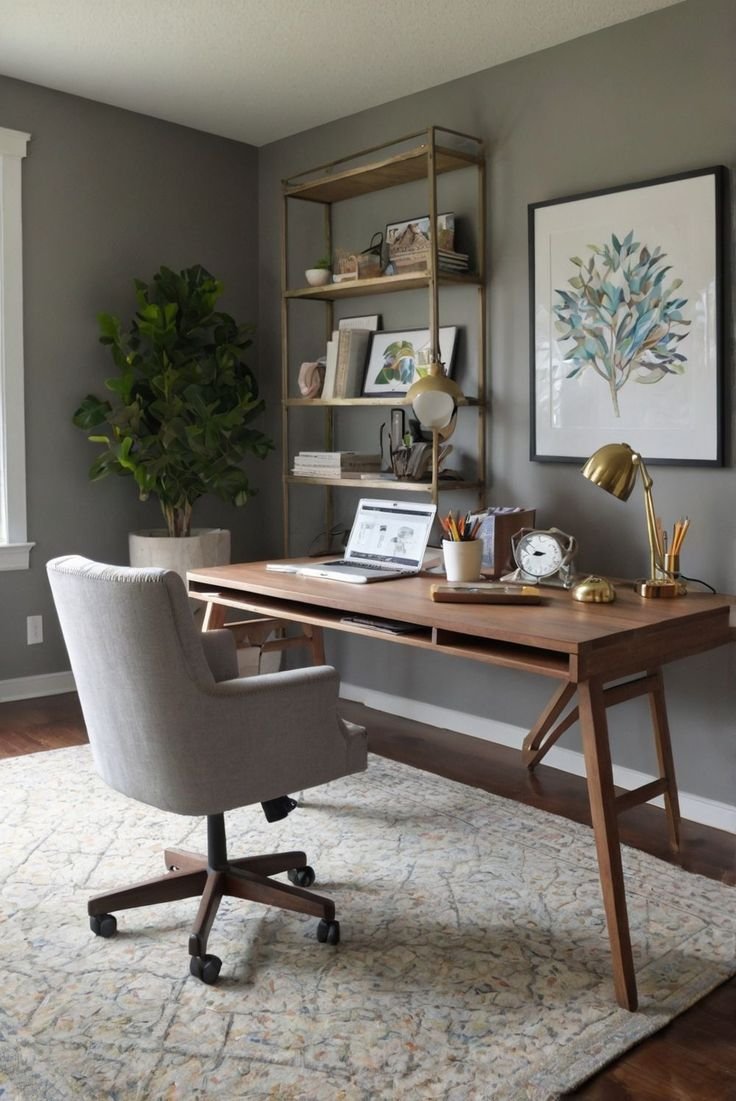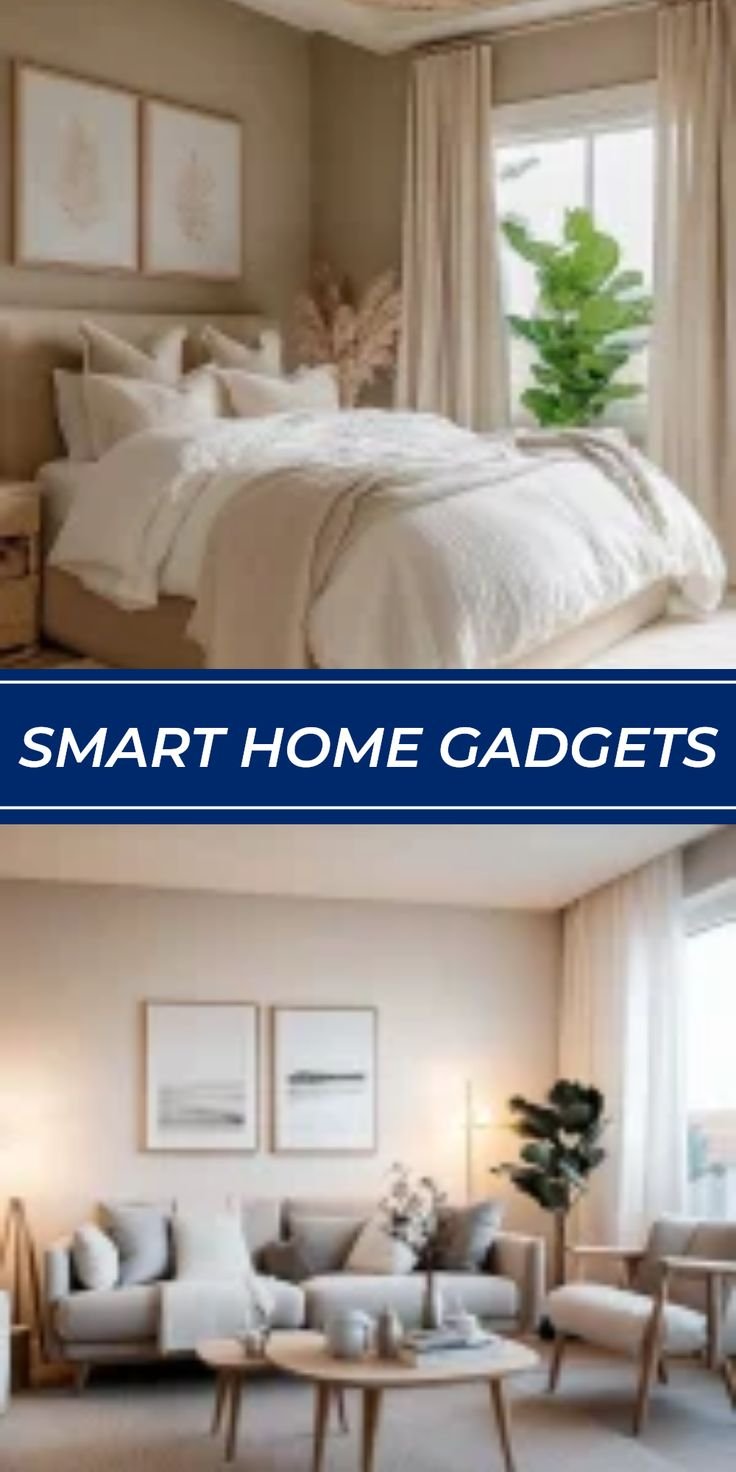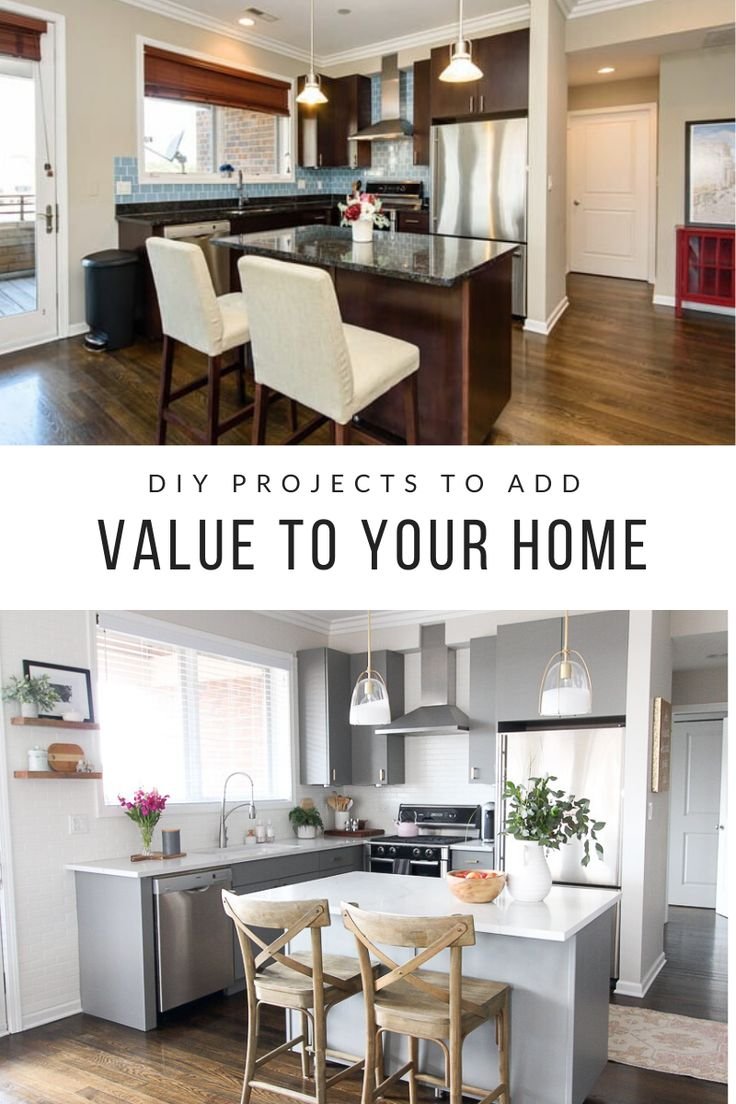A well-organized home office improves focus, reduces stress, and enhances productivity. With remote work becoming the norm, designing a space that supports efficiency is essential. Below are actionable, research-backed strategies to help you create a functional and productive home office environment.
Prioritize Ergonomics for Comfort and Focus
Invest in an adjustable chair that supports your lower back and keeps your feet flat on the floor. Position your monitor at eye level to avoid neck strain, maintaining a distance of about 20–30 inches from your eyes. Ergonomic setups reduce fatigue and prevent long-term injuries, enabling longer periods of focused work.
Minimize Visual Clutter
Clear your workspace of unnecessary items to maintain a clean visual field. Studies show that clutter can increase stress and impair concentration. Use drawer organizers, shelves, and cable management tools to keep supplies accessible yet out of sight when not needed.
Create Distinct Zones for Different Tasks
If space allows, designate separate areas for computer work, reading, and creative tasks. Even small shifts — like having a chair for reading away from your desk — can improve mental clarity and prevent monotony. This zoning technique also helps signal transitions between tasks.
Optimize Lighting for Productivity
Natural light enhances mood and reduces eye strain. Position your desk near a window whenever possible. If natural light is limited, choose LED desk lamps with adjustable brightness and color temperature to mimic daylight. Avoid overhead glare to maintain a comfortable working atmosphere.
Keep Frequently Used Tools Within Reach
Place essential items — such as notebooks, pens, and chargers — within arm’s length to minimize disruptions. Less-used materials can be stored farther away, ensuring your primary workspace remains clear and functional.
Digital Organization Matters Too
A clutter-free digital environment is as important as a tidy physical one. Organize desktop files into clearly labeled folders, unsubscribe from unnecessary email lists, and use task management apps to keep projects on track.
Incorporate Personal but Minimal Decor
Adding a few personal touches, such as artwork or plants, can make your office more inviting and reduce stress. However, limit decorations to avoid visual overload that can detract from focus.
Use Vertical Space Effectively
Install shelves, wall-mounted organizers, or pegboards to maximize storage without taking up floor area. Vertical storage solutions keep items accessible while freeing up valuable desk space.
Establish Boundaries Between Work and Personal Life
If your office is part of a shared room, use room dividers, curtains, or even rugs to create a psychological separation. Clear boundaries improve work-life balance and help signal the end of the workday.
Final Thoughts
An organized home office fosters focus, reduces distractions, and supports sustained productivity. By integrating ergonomic furniture, optimizing lighting, minimizing clutter, and establishing clear boundaries, you can create a workspace that enables you to perform at your best every day.
If you’d like, I can also draft a meta description, suggest secondary keywords, or provide internal and external linking ideas to strengthen this article’s SEO. Let me know if you want that!





